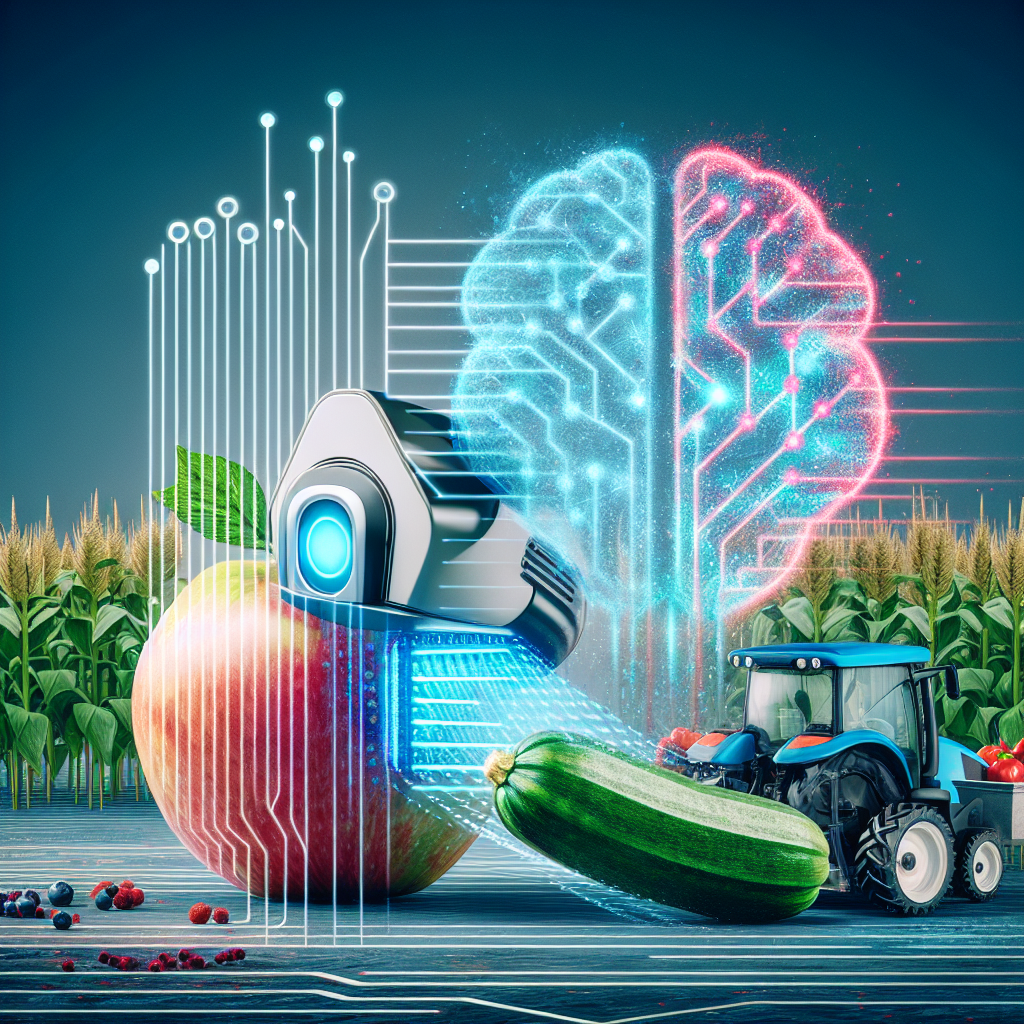In recent years, the agriculture industry has seen significant advancements in technology, with the integration of artificial intelligence (AI) playing a major role in enhancing food safety standards. AI has the potential to revolutionize the way food is produced, processed, and distributed, ultimately leading to safer and more sustainable food systems.
One of the key areas where AI is making a significant impact is in the detection of foodborne pathogens. By using machine learning algorithms, AI can analyze large amounts of data to identify patterns and trends that can help predict and prevent outbreaks of foodborne illnesses. This can help farmers and food processors take proactive measures to ensure the safety of their products, ultimately reducing the risk of contamination and improving public health.
Another way AI is enhancing food safety standards is through the monitoring of crop health and quality. By using drones equipped with AI-powered sensors, farmers can quickly and accurately assess the condition of their crops, identifying any potential issues such as pest infestations or disease outbreaks. This early detection allows farmers to take immediate action, preventing the spread of harmful pathogens and ensuring the quality of their produce.
AI is also being used to optimize food processing and packaging operations, reducing the risk of contamination and ensuring the quality and safety of products. By using AI-powered systems to monitor production lines and analyze data in real-time, food manufacturers can identify any issues that may arise during processing and take corrective action before products are shipped out to consumers.
Furthermore, AI is playing a crucial role in improving traceability and transparency in the food supply chain. By using blockchain technology and AI-powered systems, food companies can track the journey of products from farm to fork, providing consumers with valuable information about the origins of their food and ensuring that it meets safety and quality standards.
Overall, the integration of AI in agriculture is helping to enhance food safety standards by providing farmers, food processors, and consumers with innovative tools and technologies to ensure the quality and safety of our food supply. With the continued advancements in AI technology, we can expect to see even greater improvements in food safety standards in the years to come.
FAQs:
Q: How does AI help in detecting foodborne pathogens?
A: AI uses machine learning algorithms to analyze data and identify patterns that can help predict and prevent outbreaks of foodborne illnesses. By analyzing large amounts of data, AI can help farmers and food processors take proactive measures to ensure the safety of their products.
Q: How can AI help in monitoring crop health and quality?
A: AI-powered drones equipped with sensors can quickly and accurately assess the condition of crops, identifying any potential issues such as pest infestations or disease outbreaks. This early detection allows farmers to take immediate action to prevent the spread of harmful pathogens and ensure the quality of their produce.
Q: How does AI optimize food processing and packaging operations?
A: AI-powered systems can monitor production lines and analyze data in real-time to identify any issues that may arise during processing. This allows food manufacturers to take corrective action before products are shipped out to consumers, reducing the risk of contamination and ensuring the quality and safety of products.
Q: How does AI improve traceability and transparency in the food supply chain?
A: By using blockchain technology and AI-powered systems, food companies can track the journey of products from farm to fork, providing consumers with valuable information about the origins of their food. This helps ensure that products meet safety and quality standards and enhances transparency in the food supply chain.

